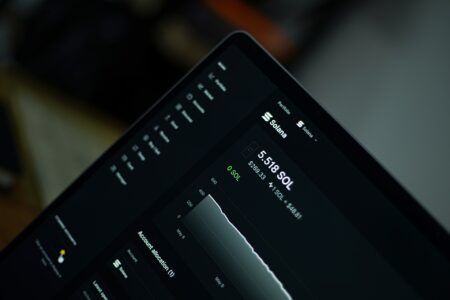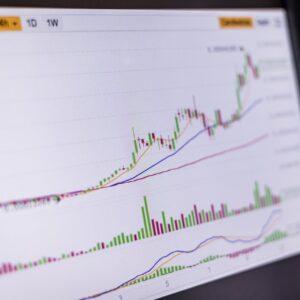US-based Walmart Inc., one of the world’s largest retail corporations, has reportedly been developing a blockchain-based food safety program through a collaboration with IBM. Walmart will require all of its outlets that supply leafy green vegetables to record their sales information on its proprietary blockchain-enabled solution by September 2019.
The existing supply chain management system requires many time-consuming manual processes to be completed before orders can be processed. There are also many intermediaries, or third-parties, that are involved in managing the current supply chain network.
Because of these operational inefficiencies which don’t allow items to be tracked effectively, there have been many serious problems like the E. coli romaine outbreak. Although most Escherichia coli bacterium are not harmful, this particular strand was responsible for five deaths and 200 people were hospitalized after being infected.
Food Supply Management On A Blockchain
Proponents of blockchain technology think that lettuce or any other item being transported on a supply chain can be more traceable and the transactions involved can be more transparent if registered on the distributed ledger.
A blockchain-powered model that aims to ensure food safety in the supply chain process could require each entity that handles food directly to be assigned to a node. With this approach, a network of nodes consisting of all food handlers may be managed on a blockchain.
This type of digital supply chain model may potentially make it easier and a lot quicker to check if infected food items have been sold before causing serious damage.
Blockchain-Powered Food Safety System
Walmart and IBM have been working on developing blockchain-based supply chain management software for the past 12 months. Many distributed ledger technology (DLT) experts think that digitizing legacy supply chains is one of the best use cases for the technology.
IBM’s proprietary blockchain-enabled Food Trust solution aims to “create a food ecosystem built on trust and transparency.” Commenting on the food safety initiative, Bridget van Kralingen, the senior vice president for IBM’s Global Industries and Blockchain, said:
We built the IBM Food Trust solution using IBM Blockchain Platform, which is a tool or capability that IBM has built to help companies build, govern and run blockchain networks.
Kralingen added that the IBM Blockchain platform was built by using Hyperledger Fabric. As described on its official website, Hyperledger Fabric is a DLT-based “smart contract engine” supported by the open-source Linux Foundation. It reportedly allows consensus (on a blockchain) and various other “membership services” to be plug-and-play (PnP).
Tracking Infected Food Sources In Seconds
Migrating the food tracking process to a blockchain-based supply chain can reduce the time required to identify the food source from 7 days to 2.2 seconds, according to Walmart. Clearly, this would allow companies to track infected food before it is sold to the consumer.
One potential challenge with a blockchain solution might be that people might not know how to manage data using the new technology. However, Walmart representative Molly Blakeman said that the only thing users will be required to do is upload data to their blockchain network.
Blakeman explained:
IBM will offer an onboarding system that orients users with the service easily. Think about when you get a new iPhone … the instructions are easy to understand and you’re quickly up and running. That’s the aim here. Essentially, suppliers will need a smart device and internet to participate.









